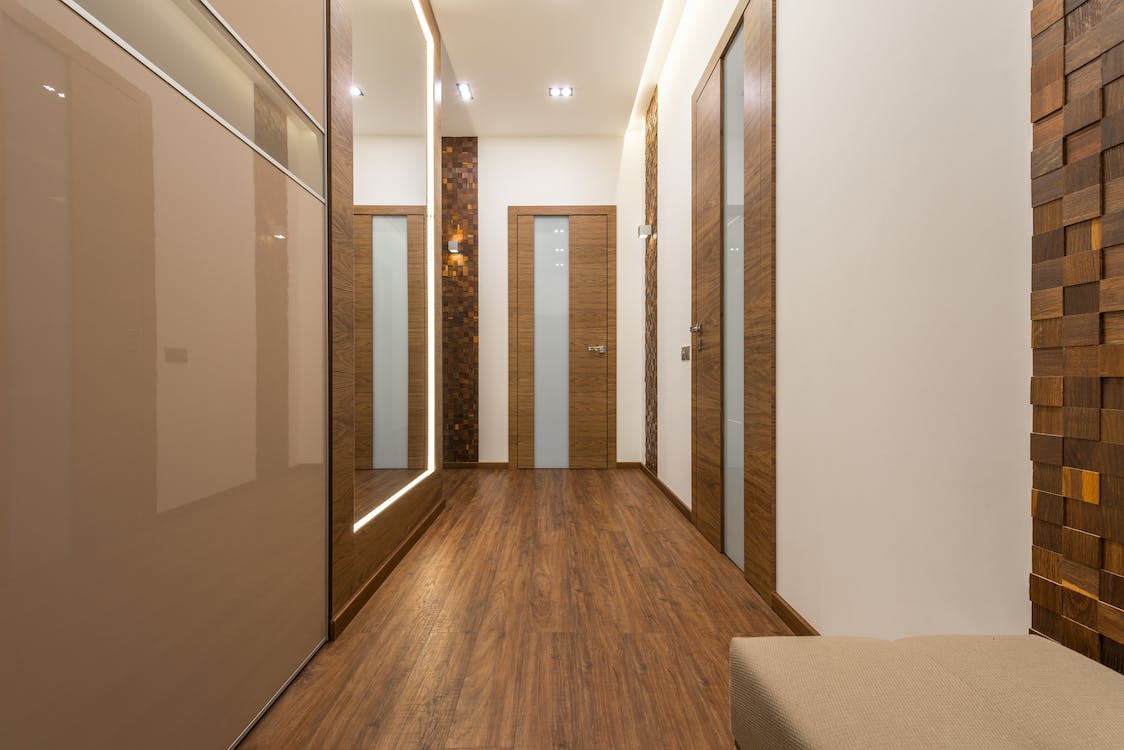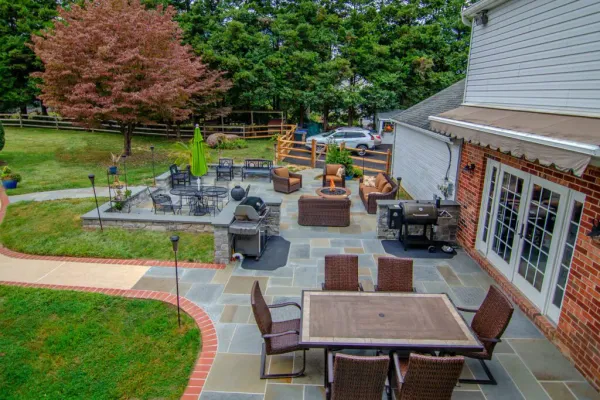When designing a home or renovating an existing one, it's crucial to consider the dimensions of your hallways. A hallway that is too narrow can feel cramped and uncomfortable, while one that is too wide may be a waste of valuable living space.
By understanding the standard hallway width, you can make informed decisions and create a home that is both aesthetically pleasing and functional.
In this guide, we will dive into the importance of hallway width, the various standards used in different contexts, and how to optimize your hallway design for maximum comfort and usability.
The Importance of Standard Hallway Width
Standard Hallway Dimensions
A well-designed hallway can greatly impact the overall comfort and functionality of a home. When determining the ideal hallway width, consider the following factors:
Accessibility
A wider hallway allows for easier movement, especially for those with mobility aids such as wheelchairs or walkers.
Comfort
A hallway that is too narrow can create a claustrophobic feeling, whereas a hallway with the appropriate width can make your home feel more spacious and welcoming.
Safety
A hallway with the proper width can prevent accidents and improve the overall safety of your home, especially in emergency situations.
Aesthetics
A well-proportioned hallway can enhance the overall appearance of your home, creating a harmonious and visually appealing design.
Understanding the Various Standards
Minimum Width and Average Width
There are several standards when it comes to hallway width, depending on the context and country. Here are some common guidelines:
Residential Buildings
In the United States, the International Residential Code (IRC) recommends a minimum hallway width of 36 inches (91.44 cm) for residential buildings. This is considered the standard hallway width for most homes.
Commercial Buildings
For commercial buildings, such as offices and retail spaces, the International Building Code (IBC) requires a minimum hallway width of 44 inches (111.76 cm).
Accessible Design
For accessible design in the United States, the Americans with Disabilities Act (ADA) requires a minimum hallway width of 36 inches (91.44 cm) for wheelchair access.
Optimizing Your Hallway Design
Corridor Width and Light Fixtures
To ensure your hallway is both visually appealing and functional, follow these tips:
Determine the Appropriate Width
Use the standard hallway width guidelines mentioned above as a starting point, but also take into consideration the specific needs of your household. If you have family members who require mobility aids, you may want to opt for a wider hallway instead of a narrower hallway.
Create Visual Interest
Enhance your hallway by incorporating artwork, mirrors, or unique lighting fixtures. This can make your hallway feel more inviting and add a touch of personality to your home.
Provide Adequate Lighting
Ensure your hallway is well-lit to avoid accidents and improve visibility. Consider using a combination of natural light and artificial lighting sources, such as recessed lighting or wall sconces.
Utilize Storage Solutions
Make the most of your hallway space by incorporating built-in storage, such as shelves or cabinets. This can help keep your hallway clutter-free and provide additional storage for your household items.
Choose the Right Flooring
Opt for durable and low-maintenance flooring options, such as hardwood or tile, that can withstand the high foot traffic typically associated with hallways. This will not only contribute to the longevity of your flooring but also make cleaning and maintenance more manageable.
Select the Right Color Scheme
Choose a color scheme for your hallway that complements the rest of your home's interior design. Lighter colors can help make a narrow hallway appear more spacious, while darker colors can add depth and warmth to a wider hallway.
Pay Attention to Doorways
Ensure doorways leading off the hallway are appropriately spaced and sized. Standard door widths range from 30 to 36 inches (76.2 to 91.44 cm). Allow for adequate clearance around the doorways to prevent congestion and improve accessibility.
Incorporate Greenery
Add some life to your hallway by incorporating plants or flowers. This can help create a more welcoming atmosphere and improve indoor air quality.
Prioritize Safety
Ensure that your hallway design meets all relevant building codes and regulations, particularly in terms of width and accessibility. This is essential for the safety and comfort of all inhabitants and visitors to your home.
Customizing Your Hallway for Unique Needs
L-Shaped Hallways
While adhering to standard hallway widths is essential, you can also personalize your hallway to cater to the unique needs of your household. Here are some ideas to consider when customizing your hallway:
Wider Hallways for Multi-Purpose Use
If you have ample space in your home, consider designing a wider hallway that can also function as a seating area or a small study nook. This can maximize the usability of your hallway, transforming it into a versatile and functional space.
Incorporating Built-In Furniture
Custom-built furniture, such as benches or window seats, can add both style and function to your hallway. This allows you to create additional seating or storage options without compromising on space. Try to accommodate furniture in your hallway design.
Designing for Pet Owners
As a pet owner, you may want to incorporate pet-friendly features into your hallway design. This could include a built-in pet feeding station, a designated area for pet beds, or easy-to-clean flooring materials that can withstand pet-related wear and tear.
Catering to Children
If you have children, consider incorporating child-friendly features, such as lower hooks for coats and bags, a designated area for school supplies, or even a small play area with toy storage.
Emphasizing Sustainability
Opt for eco-friendly materials and design choices, such as sustainable flooring options, energy-efficient lighting, or the use of natural and reclaimed materials in your hallway design. This not only reduces your environmental impact but also contributes to a healthier living space.
Experimenting with Architectural Features
To create a truly unique hallway, consider incorporating architectural features, such as archways, decorative moldings, or exposed brick walls. These elements can add character and charm to your hallway while setting it apart from standard designs.
Conclusion
Minimum Space or Too Much Space
it's paramount to recognize its significance in the architectural landscape of a home. Whether it's an upstairs hallway or one leading to your living room, the width of a hallway plays a pivotal role in ensuring residents and guests can comfortably walk through without feeling cramped. Especially when contrasting residential designs with commercial or public buildings, we see that standard widths can vary greatly. Factors such as local building codes, intended traffic flow, and even the ceiling height can influence how wide should a hallway be in a given space.
On one hand, in residential settings, one might opt for wider hallways when considering adding design elements such as console tables, or to exude a sense of opulence with a high ceiling complementing the expanse. On the other, commercial building standards might necessitate larger hallways to accommodate heavier foot traffic. Nonetheless, it's essential to ensure there's enough space for people to move freely, bearing in mind that while there are standard width recommendations, the ideal width for your home or project should consider both aesthetics and function. Remember, wide hallways aren't just about luxury; they're about ensuring ease and comfort for all who traverse them.
In conclusion, understanding the standard hallway width and designing your hallway with functionality and aesthetics in mind can significantly impact your home's overall comfort and appeal. By considering the various factors that influence hallway width, such as accessibility, safety, and aesthetics, you can create a well-designed hallway that suits your needs and enhances the beauty of your home. Use the guidelines and tips provided in this article to create a hallway that is both functional and visually appealing, ensuring that your home is a comfortable and inviting space for everyone.






